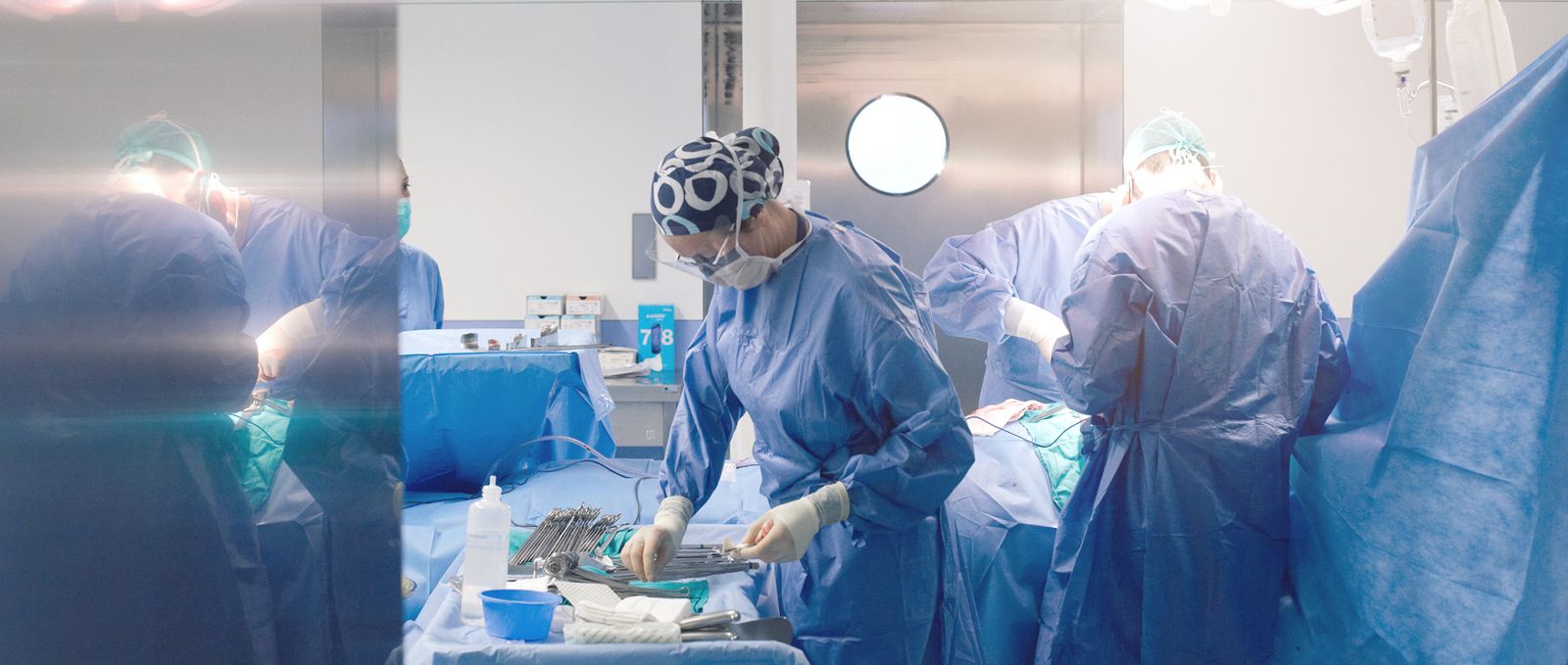1. Define location profiles
Having a clear profile for each location creates the right expectations externally and ensures efficient organisation internally. Differentiate on the basis of complexity and volume, or opt for specific profiling based on a number of specialisms or disease profiles/syndromes. Make real choices instead of compromises that lead to ambiguity or unclear profiles.
2. Deduplicate availability features
Often, availability features such as the emergency department or intensive care units are ripe for deduplication because they are moderately to poorly occupied over multiple locations. Concentration leads to better occupancy, which is both cheaper and safer! The same applies to evening and weekend closing.
3. Consider relocation or closure
Fewer square metres means fewer costs. Especially if major maintenance or renovation is on the cards, full closure, possibly followed by relocation to smaller premises, can be an attractive option. This enables healthcare to be set up in a patient-friendly and efficient manner. Another option is to put part of the property to different use.
4. Create broad support
The support of all interested parties is essential to successful location optimisation. Therefore, actively involve medical staff, patients, healthcare support staff and local parties in the process by having them participate in project teams. Listen carefully to wishes and objections. Form a steering group that also includes medical representation.
5. Recognise emotion, objectify impact
Location optimisation is sometimes viewed in a rather black and white way, particularly when relocation or partial/full closure is on the cards. Recognise negative emotions (fear), while at the same time objectifying the potential impact. Being transparent about the advantages and disadvantages of various scenarios can help, especially if you support this with figures.
6. Use scenarios to aid decision-making
Base decision-making on substantiated, calculated scenarios. By examining alternative solutions side by side, alongside the facts of the current situation, you will be able to arrive at broadly supported choices. This prevents any discord due to an inaccurate view of the actual situation, the organisational impact, and the associated financial picture.
7. Communicate early and frequently
Sometimes you have to state the obvious: communicate, communicate, communicate. Communicating about the process that is to be followed, even if there isn’t much substantive to report yet, can help prevent unrest. Transparency ultimately always has a positive effect. Through transparency and personal contact, you can transform reluctant sceptics into constructive participants. This applies to healthcare professionals, health insurers and municipalities.
This blog post appeared in Skipr no. 6 – 2018.





